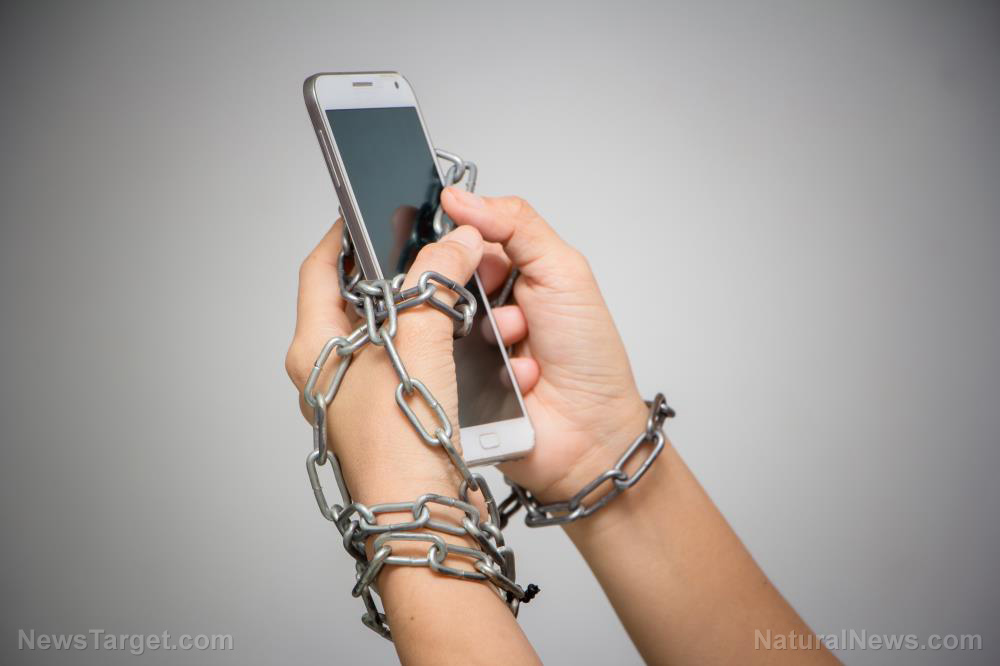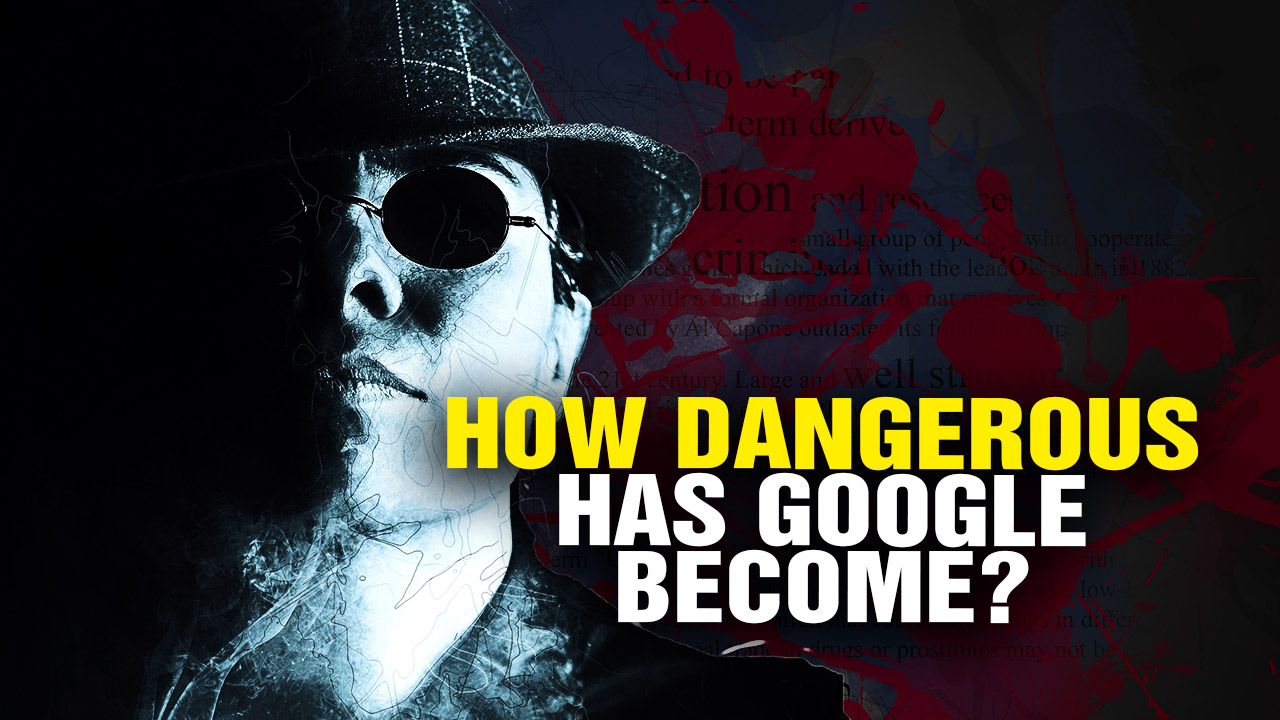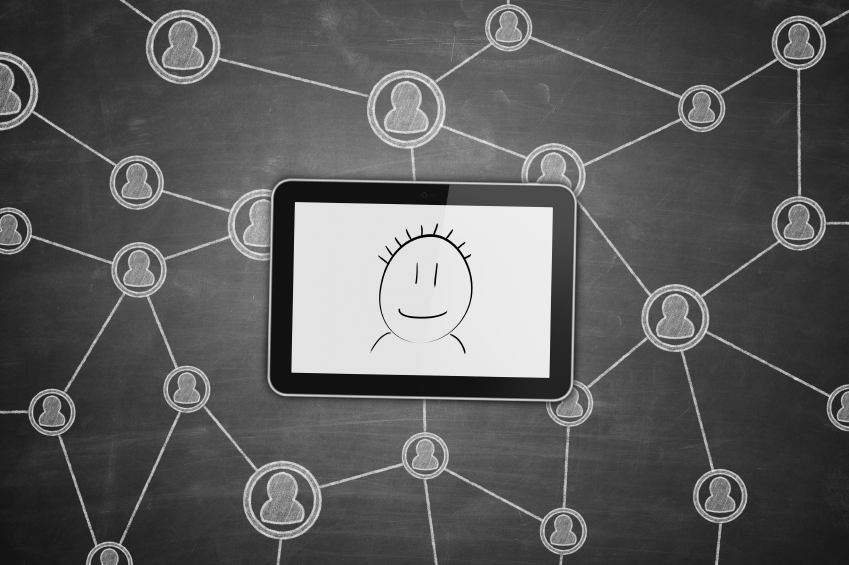Police may use WiFi routers to identify criminals before a crime is even committed
03/30/2016 / By Greg White

Thought-crime may soon be a reality. Law enforcement agencies are seizing upon valuable information from WiFi devices that could be used to convict criminals—perhaps before the crime is even committed.
Fingerprints and DNA are the foremost pieces of evidence used in identifying criminals in a court of law, but many experts believe it is not enough. If police were able to use WiFi devices from where an incident took place, then authorities could have access to information that could place people at the scene of a crime.
Information gathered by WiFi devices, like routers, could be used to identify criminals. Routers capture noise from smart phones, tablets and wearables, including failed and successful attempts to log onto a network, and the time in which they attempted to connect.
Furthermore, routers are able to obtain media access control (MAC) addresses from mobile technologies, which are unique for each user’s phone, laptop or tablet that they try to connect to a network with. Dan Blackman, a technical adviser to Western Australia Police, has described the data from WiFi devices as “gold” in terms of evidence for court.(1)
“These devices could hold a lot of information, but we’re not capturing it,” he said. “If we were to look at it from a purely legal perspective, we might be able to place a specific person at a specific location at a specific time.”(1)
Airport authorities start using WiFi to monitor passengers
A challenge in collecting this data is there is a narrow window of opportunity to gather the information. Many devices can only store a limited amount of information and have a finite memory capacity. Sometimes, all the information is lost once the device is turned off.(1)
Despite these challenges, WiFi is already being seized by airports to locate mobile phones with the WiFi setting turned on. In 2014, the Helsinki airport released controversial plans to track passengers as they move around the terminals via their mobile phones.
Researchers in the U.S. have even used WiFi to see through walls. The devices produce a wireless signal that permeates through the wall, bounces off the back of a person’s body and back to the device. It then starts scanning the 3-D space, to mirror wireless reflections of items in the room, like a human body.
However, since only a part of the body reflects the signal back, the devices has to monitor how these reflections change as someone moves and walks. It can then reconstruct the images of the person into a single image.
Keeping tabs on dissenters
While this technology may have its benefits, it also has its vices, especially in the hands of the police. In theory, the police or government agency could use this technology to monitor a dissenter’s internet usage, to look for suspicious activity they can later use to intimidate the said dissenter.
Such activity may seem far fetched, but it has already happened in practice. Just consider the case of Marine Vet Brandon J. Raub, who was held against his will in a psychiatric ward at the Salem Veterans Affairs hospital in Virginia over anti-government postings on his Facebook page. In actuality, all Raub was guilty for was exercising his First Amendment.(2)
Furthermore, under the firm grip of Obama’s new gun regulations, doctors could declare a patient to be mentally incompetent and suspend their Second Amendment rights without due process, simply by referencing information gathered by WiFi devices.
Users beware: Activity in cyberspace may be used against you in the actual world, for crimes that have yet to be committed anywhere. Rather than be innocent until proven guilty, this technology has the power to make us guilty before we were ever innocent.
Sources include:
(1) DailyMail.Co.Uk
Tagged Under: bigbrother, local police, Second Amendment, thoughtcrime, WiFidevices




















